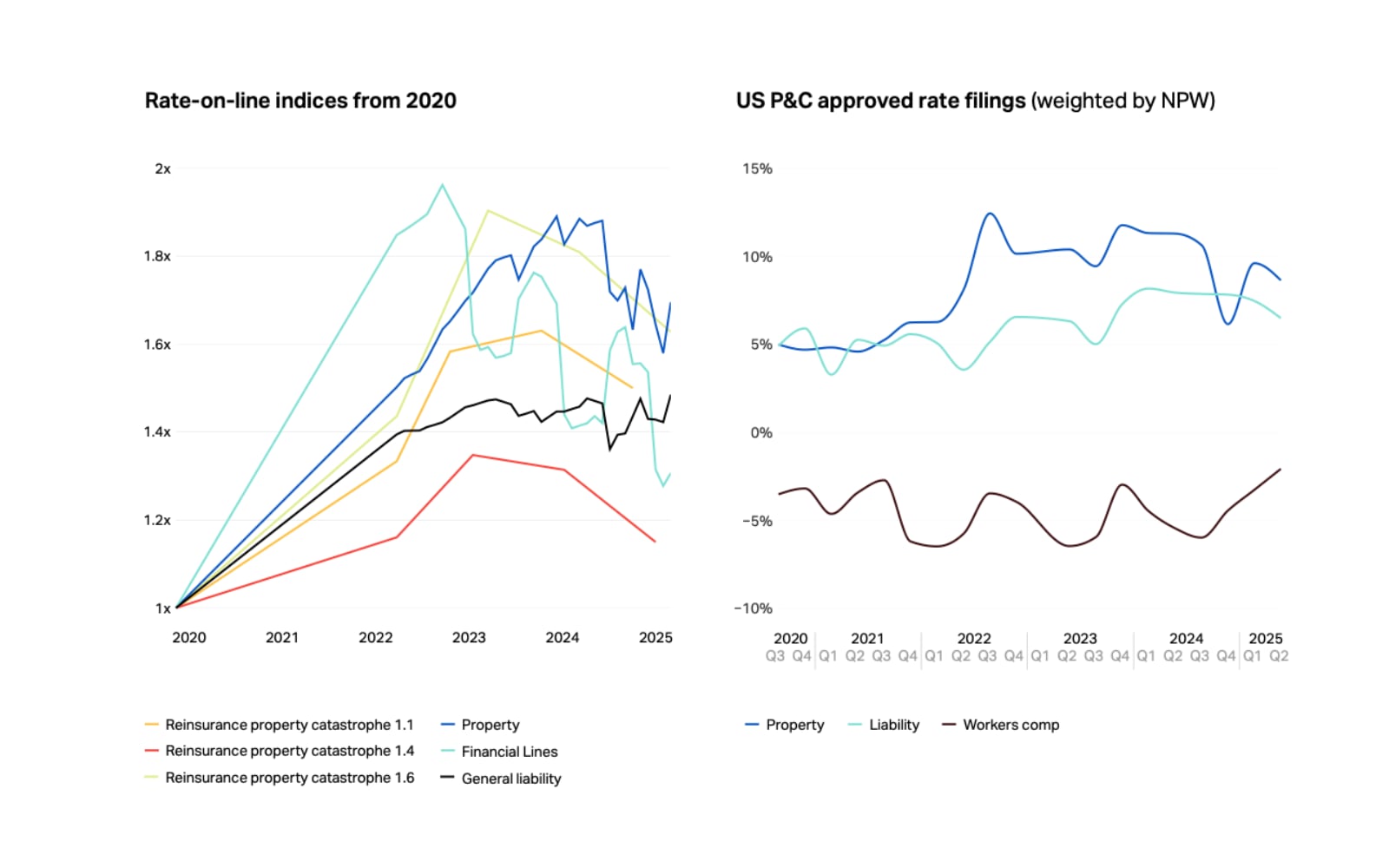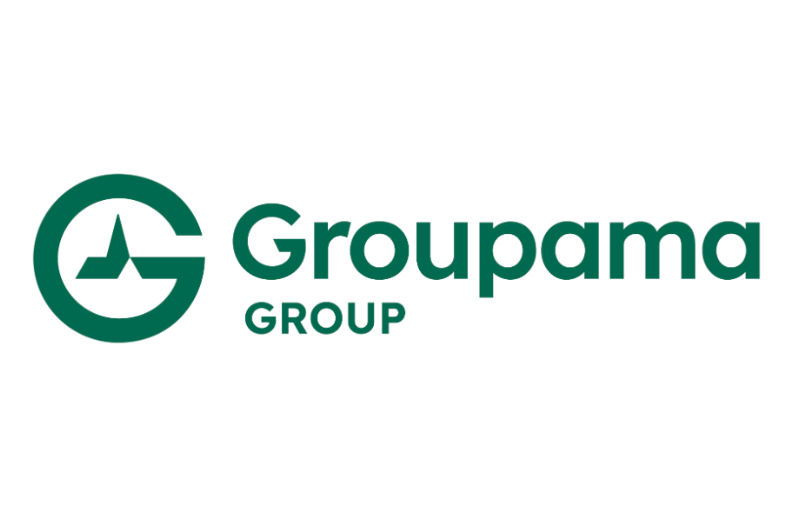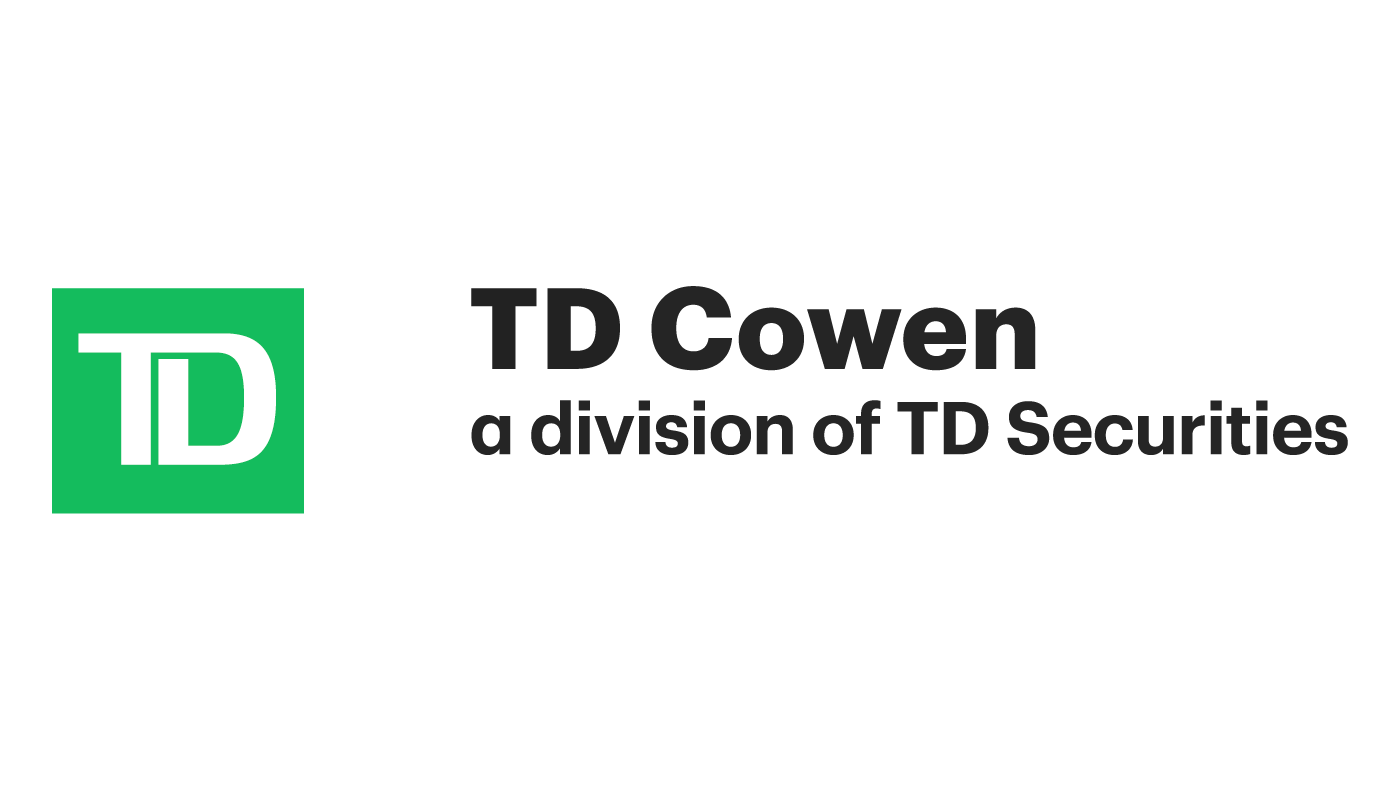
As per David Flandro, Managing Director, Head of Industry Analysis and Strategic Advisory at reinsurance broker Howden Re, “if it wasn’t obvious already, we are now firmly in the hard market softening phase of the rating cycle.”These comments were delivered alongside the release of Howden Re’s overview of the reinsurance industry in the first half of 2025, where property catastrophe dynamics featured heavily.The report underscores a clear market cycle shift, with softening rates emerging despite continued underwriting discipline and competitive demand for profitable business.“If you look at all lines, or most lines, we are still harder in terms of pricing than we were five years ago, but it’s evident that we’ve softened recently,” Flandro explained.
Michelle To, Managing Director, Head of Business Intelligence, Howden Re, added: “We are seeing insurers report lower rate change due to greater competition for favourable business, signaling a shift in the market cycle.Despite this, capital returns remain strong, sustaining investor optimism.“Catastrophe losses, notably from the LA wildfire in Q1, continue but are manageable, helping maintain underwriting margins and solvency.
Insurers are responding with strategic, focused underwriting to prudently deploy capital to navigate these competitive conditions.” Moreover, Howden Re’s analysis aligns with CEO commentary during the second quarter reporting season, which pointed out that while softening has begun, this follows a period of elevated pricing in 2023.As such, property and property cat remain both attractive and profitable.“We’re past the pricing peak.
Our data show how underwriters are responding to the hard market softening phase,” added Flandro.The charts below are from Howden Re’s report.The chart on the left is on a cumulative basis worldwide, while the chart on the right is the US rate filing picture.
Moreover, the reinsurance broker’s report shows that in property catastrophe, rates were down 5% year-on-year in H1 2025, yet premium growth was strong at +15%.A similar, though less marked, trend was seen in property, where premiums rose 3% despite a 1.4% decline in rates over the same period last year.Catastrophe activity, led by the Los Angeles wildfires in Q1 2025, drove natural catastrophe losses to a decade high of $81 billion according to Howden Re’s figures.
However, a quieter second quarter meant that underwriting margins remained manageable and solvency strong.Furthermore, To acknowledged how global insurance composite capital “remained steady” in the first half of 2025.“This has been due mainly to capital growth offset by dividends and share buybacks.
Capital levels are now significantly higher than they were at the trough of 2022 due to strong profitability and asset growth.On balance, this creates more capacity, contributing to competitive pricing dynamics,” she explained.In his closing remarks, Flandro reiterated that it should be clear that the pricing peak is in the past.
“We’re firmly in a new phase of a cycle.And in this phase, access to global top tier market data, in terms of pricing, claims, buyer behaviour and crucially profitability, by region and line of business is essential for proactive, strategic planning.The pricing tailwind has abated in order to grow top line profitably, innovation is essential,” he explained.
Concluding: “In summary, first half earnings and capital returns have been strong, and there’s a lot of optimism about forward earnings for 2025, and normalised combined ratios in ’26 and ’27.But again, all of this is happening in an environment of hard market softening.This is when risk selection comes to the fore.”.
All of our Artemis Live insurance-linked securities (ILS), catastrophe bonds and reinsurance can be accessed online.Our can be subscribed to using the typical podcast services providers, including Apple, Google, Spotify and more.
Publisher: Artemis








